If you are looking for untapped potential in the detergent market consider a laundry liquid detergent dispenser that offers a high margin profit in comparison to other sub products in this industry.
A financial statistic used to assess the profitability of a firm is the profit margin, also known as the net income margin. When a business has a large profit margin, it signifies that a significant portion of the income it generates is really profit.
When a corporation has a profit margin of 19 percent, for instance, it makes a profit of 19 cents on every dollar of sales. Businesses need to actively control expenses, strategically set the prices for their goods and services, and fight off competition if they want to generate a high-profit margin.

The proportion that makes up a large profit margin varies among industries and sectors, restricting the usage of the profit margin to internal comparisons or comparisons across businesses in the same industry.
A gadget called a soap dispenser is made to distribute liquid soap in the quantity needed by the user.
Some advantages of soap dispensers include lowering the possibility of bacterial and viral transmission between users, protecting the solution from contamination, and others. Positive factors have contributed to the growing use of this product, including the great concern for keeping hands clean among medical staff and patients.
The demand may also be fueled by the tight regulations that must be followed in many research and development centers to maintain a clean and germ-free environment.
Additionally, parents and teachers are becoming increasingly concerned about children playing with dirt that might spread diseases into their homes and classrooms.
One of the key factors propelling the market’s expansion is the rising trend of washing hands to avoid the spread of numerous illnesses that may be brought on by water and air pollution. The use of soap dispensers has also increased due to an increase in the product’s use by persons with physically demanding employment.
The market for soap dispensers is divided into segments based on product type, application, sales channel, and geographic region.
The market is divided into automated and manual segments based on the kind of product. Because the manual is more cheap, it is often chosen by middle-class customers, who are thought to possess a higher part of the market than low- and high-income consumers.
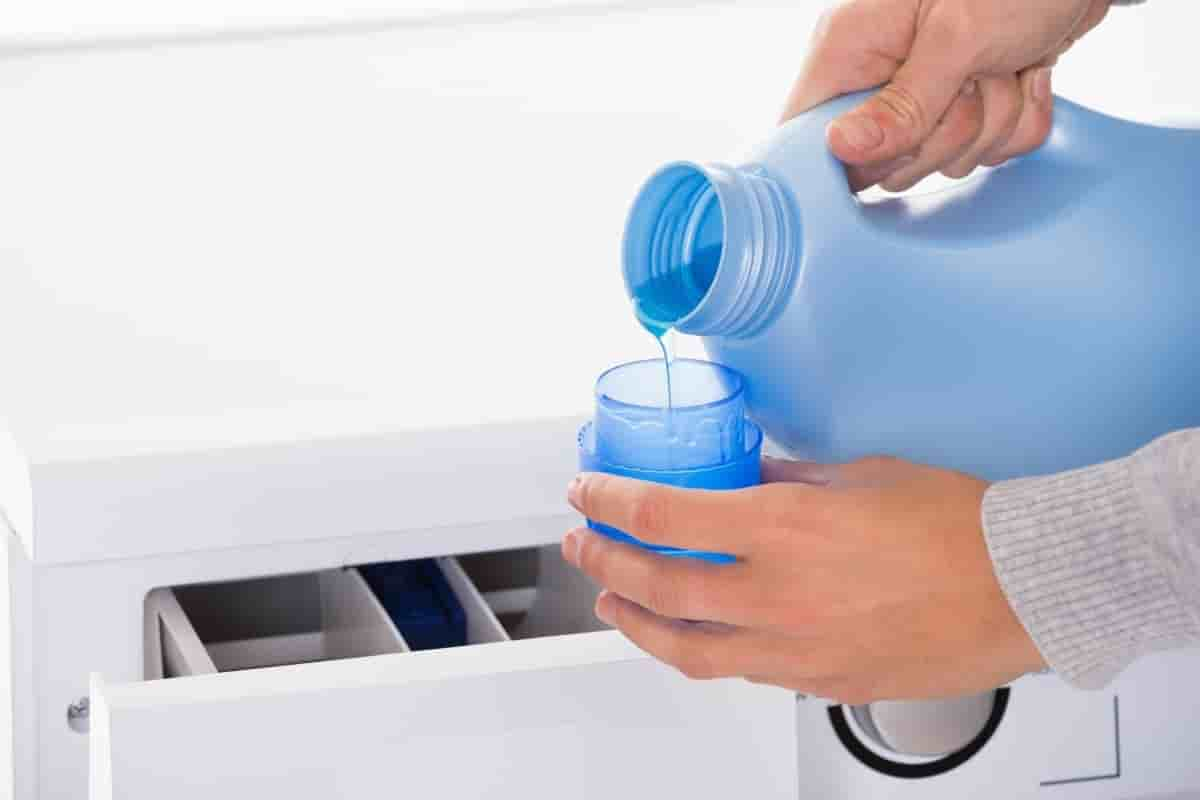
This is why manual is predicted to have a bigger shareholder. The demand is further increased by manual dispensers that come with a variety of appealing dispensing switches, including push-up, foot-operated, and surgical types.
The market is divided into residential and commercial segments based on application. Since the use of liquid soap is becoming more and more common, particularly in metropolitan areas, the residential market is expected to dominate. Also helping to grow its use is the aggressive marketing campaigns manufacturers run across numerous online and offline platforms.
The market is divided into supermarkets/hypermarket and e-commerce retailers based on the sales channel. Due to its capacity to assist customers in visualizing the precise form and size of soap dispensers to fit the area where they are installed, supermarkets and hypermarkets are anticipated to represent a larger sector. Additionally, e-commerce companies make it more difficult to return or replace a soap dispenser than a supermarket or hypermarket, which increases its appeal.
The market is split into North America, Europe, Asia Pacific, South America, and Middle East & Africa on the basis of geography.
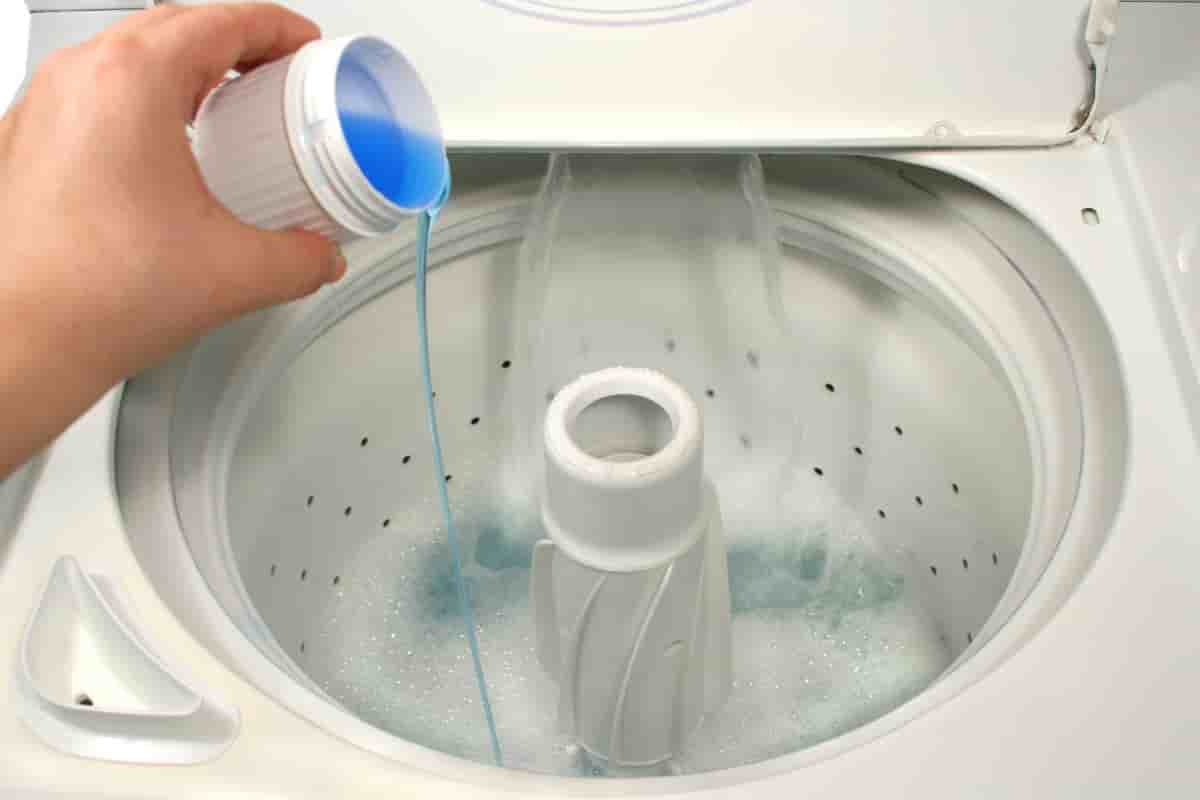
A soap dispenser is a device that releases soap either automatically, manually, or when it is activated in the case of an automated dispenser.
It is often battery-powered or manually controlled and comes in a variety of hues, materials, workings, forms, dimensions, and fashions. Public toilets often include a soap dispenser.
The growth of easy-to-use, personalized goods that are free of germs and the growing awareness of hygiene among people, particularly in rural regions, are some of the reasons driving the worldwide soap dispenser market.
During the forecast period, these factors are also anticipated to propel the soap dispenser market. Additionally, automated soap dispensers have the capacity to detect and dispense soap automatically, and they come in a variety of designs.
These features are important growth drivers for the global soap dispenser market in the foreseeable future. Additionally, as more new competitors, particularly local ones, enter the market, competition is predicted to increase.
This will lead to a better product with more sophisticated technology, which is anticipated to enhance the soap dispenser market in the near future.
Based on the kind of product, the application, the material, the capacity, the distribution method, and the geography, the worldwide soap dispenser market has been divided. The manual and automated segments of the soap dispenser market are separated based on the kind of product.
Whether the soap is in a liquid, powder, or foam form often affects how a manual soap dispenser is made.
Additionally, an automated soap dispenser may be used to hand sanitizers, shampoos, or hand lotions and is a hands-free dispenser of soap (both liquid soap and foamy soap). Automatic dispensers are often powered by batteries.
The automated soap dispenser market is also segmented into wall-mounted and deck-mounted categories. The market has been divided into residential and commercial segments based on application.
The commercial sector has also been subdivided into hotels, restaurants, offices, and other public spaces like malls and community centers. The soap dispenser market may be divided into categories based on material, including ceramic, acrylic, polyresin, steel, and others like plastic and brass.

The market is divided into three categories according to capacity: 250 ml, 250 ml to 500 ml, and 500 ml to 1000 ml. The market is split into online and offline segments based on the distribution channel.
Hypermarkets and supermarkets, independent shops, pharmacies and drugstores, convenience stores, cash and carry businesses, and department stores may all be classified as part of the offline market.
In terms of revenue, the offline sector dominated the soap dispenser industry. Direct sales and third-party sales are the two divisions made for the internet market.
Our company offers this opportunity for you to choose your own soap dispenser based on your taste, budget, and target market. Get in touch with our sales managers in order to submit your order for buying any kinds of detergent in bulk.



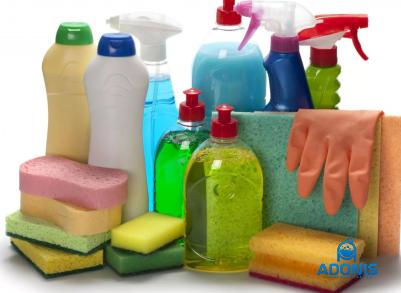

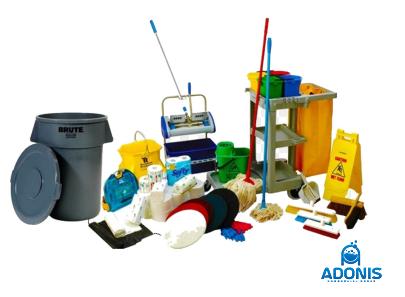
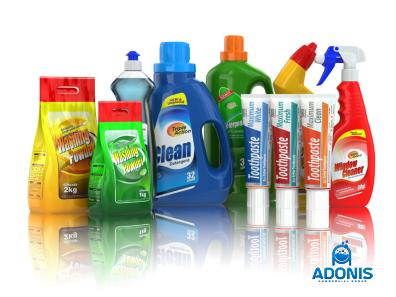

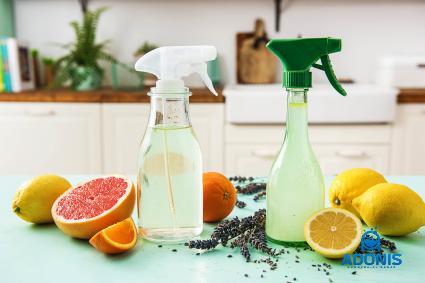


Your comment submitted.